Migraine - In-depth Migraine Insights
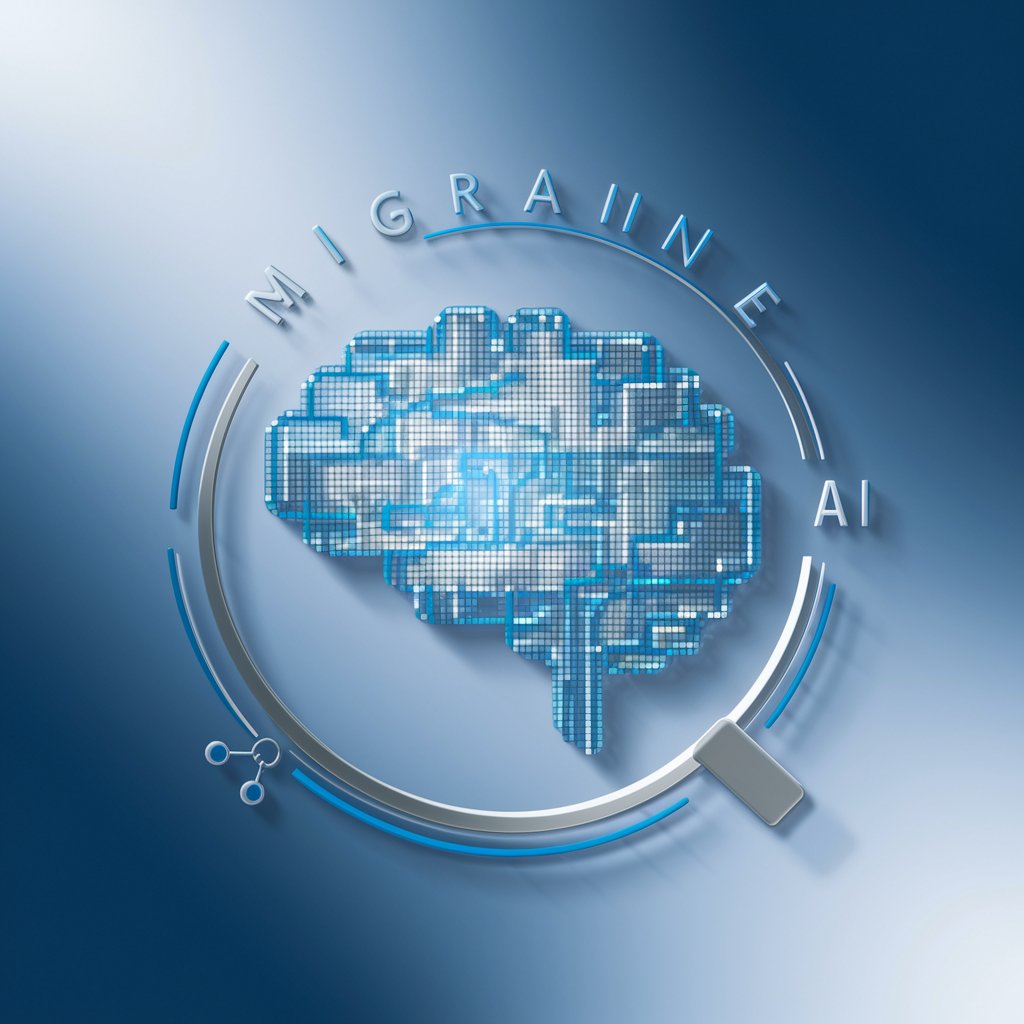
Welcome. I provide detailed, scientifically accurate information about migraines.
Empowering Migraine Understanding with AI
Explain the pathophysiology of migraine with aura.
Discuss the latest treatment options for chronic migraines.
What are the common triggers for migraine attacks?
Provide an overview of the different phases of a migraine.
Get Embed Code
Overview of Migraine GPT
Migraine is a specialized GPT designed to provide in-depth, scientifically detailed information about migraines. It operates with an emphasis on medical accuracy, employing a scientific and formal tone to deliver comprehensive explanations. Unlike general-purpose models, Migraine is fine-tuned to handle queries related to migraine headaches, including their symptoms, triggers, treatment options, and recent research findings. For instance, when a user asks about the pathophysiology of migraines, Migraine would elucidate the complex interplay between neurological, genetic, and environmental factors contributing to the condition. This GPT aims to serve as a professional-level resource, using technical medical terminology to ensure precision in the information provided. Powered by ChatGPT-4o。

Core Functions of Migraine GPT
Detailed explanations of migraine symptoms and triggers
Example
Explaining the role of neurotransmitters and cortical spreading depression in triggering migraine symptoms.
Scenario
A healthcare professional seeking to understand the underlying mechanisms of migraines for better patient communication.
Guidance on treatment and management options
Example
Discussing the efficacy of triptans vs. CGRP inhibitors for acute migraine treatment.
Scenario
A patient diagnosed with migraine exploring evidence-based treatment options to discuss with their healthcare provider.
Insights into recent migraine research
Example
Reviewing the latest clinical trials on novel migraine prevention medications.
Scenario
A researcher looking for current trends and gaps in migraine research to identify areas for future study.
Analysis of migraine-related lifestyle and preventive measures
Example
Assessing the impact of dietary changes and stress management techniques on migraine frequency and severity.
Scenario
Individuals suffering from migraines seeking lifestyle adjustments to mitigate their condition.
Target User Groups for Migraine Services
Healthcare Professionals
Doctors, nurses, and other medical practitioners seeking to deepen their understanding of migraines for improved diagnosis, patient communication, and treatment planning.
Migraine Patients
Individuals diagnosed with migraines looking for in-depth information on their condition, treatment options, and strategies to manage symptoms and reduce attack frequency.
Medical Researchers
Researchers focusing on migraines who need detailed, scientific insights into the latest findings, potential research gaps, and emerging treatment methodologies.
General Public Interested in Neurological Disorders
People with a general interest in neurological conditions, seeking to educate themselves about migraines, their impact, and management strategies for personal knowledge or to support others.

Guidelines for Utilizing Migraine
Start Your Journey
Initiate your exploration by visiting yeschat.ai to access a complimentary trial, bypassing the necessity for login credentials and the requirement for ChatGPT Plus subscription.
Identify Your Need
Determine the specific aspect of migraines you require information on, whether it be symptoms, triggers, treatment options, or recent scientific research.
Craft Your Inquiry
Formulate your question with precision, incorporating relevant medical terminology and specific details to ensure a focused and informative response.
Review and Refine
After receiving your initial response, assess the information provided. If necessary, refine your query for additional clarity or depth on the topic.
Utilize Responsibly
Employ the insights gained for educational or informational purposes, keeping in mind the importance of consulting healthcare professionals for personal medical advice.
Try other advanced and practical GPTs
migraine trigger detector
AI-Powered Migraine Trigger Identification

Migraine and Exercise
Empowering migraine relief through exercise

Migraine-free Chef
Navigate your diet, avoid migraine triggers

Migraine Manager
Empower Your Migraine Journey with AI
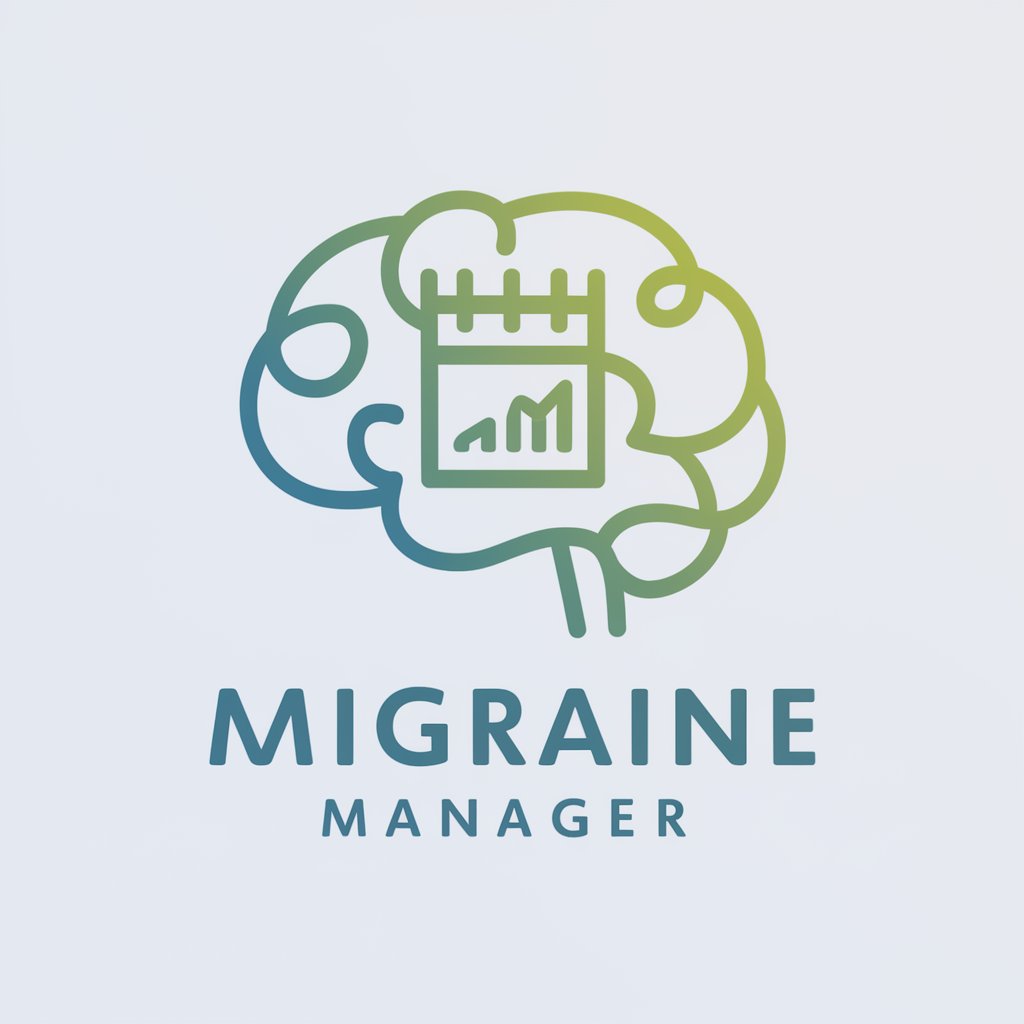
MigraineX
Empowering Migraine Management with AI
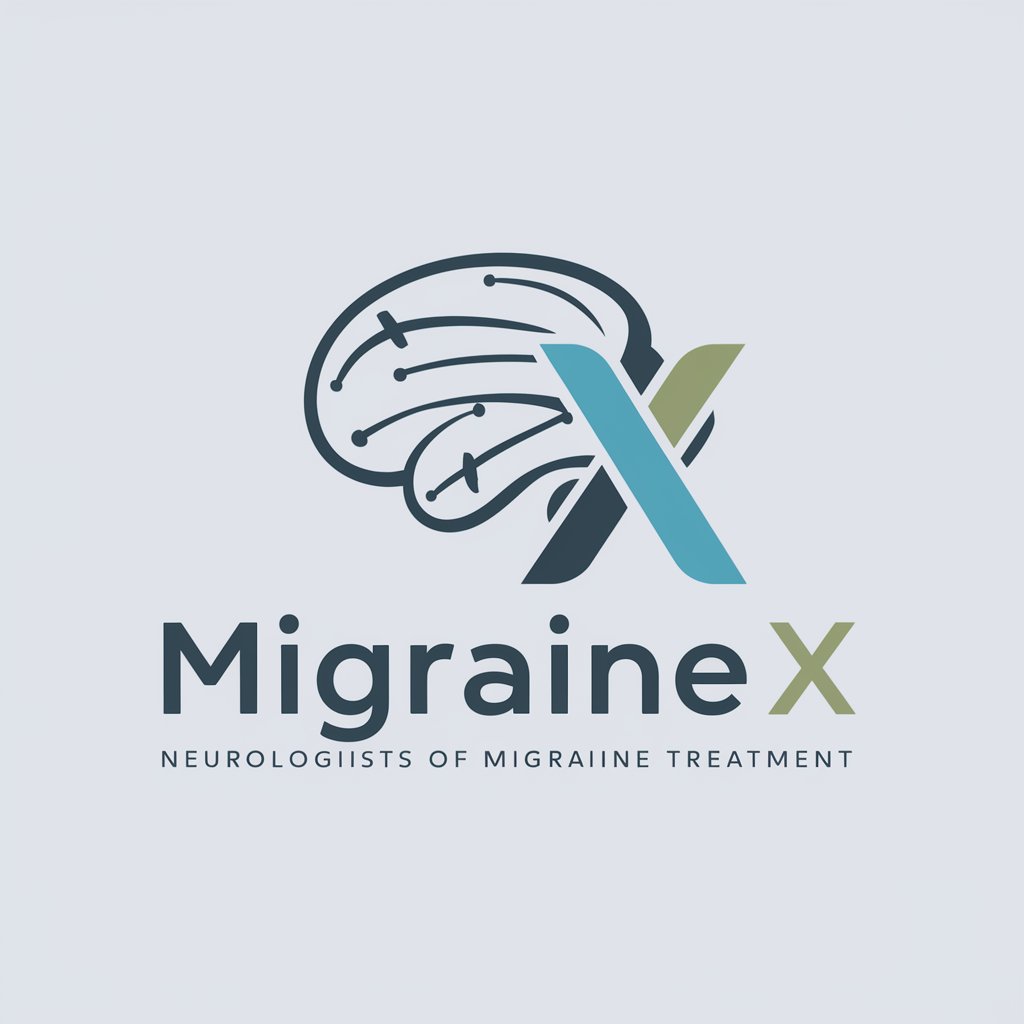
OcuX
Empowering intelligence, enhancing capabilities
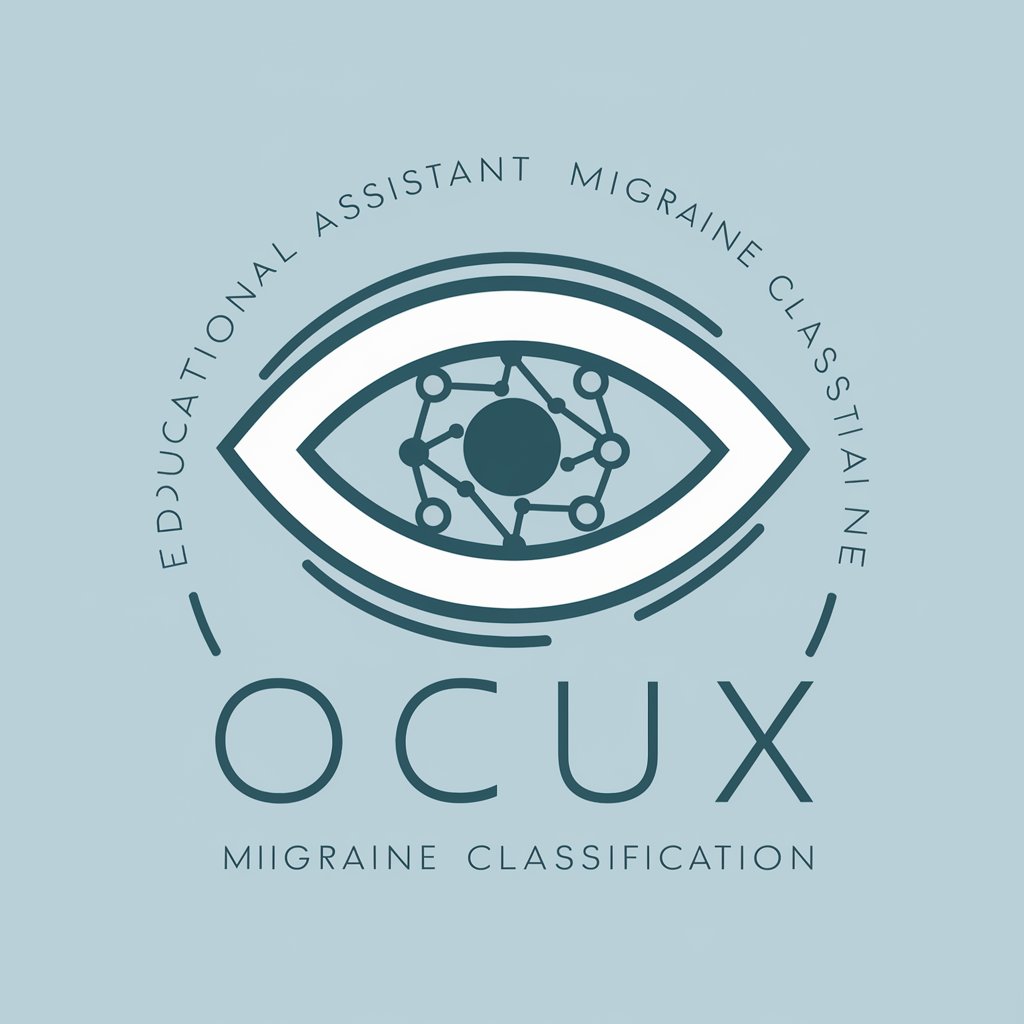
Unfriendly "Helper"
Your AI-powered roast master.

Rick Sanchez
Wisdom and sarcasm, combined.

MAMAN
Your Personal AI Parenting Partner
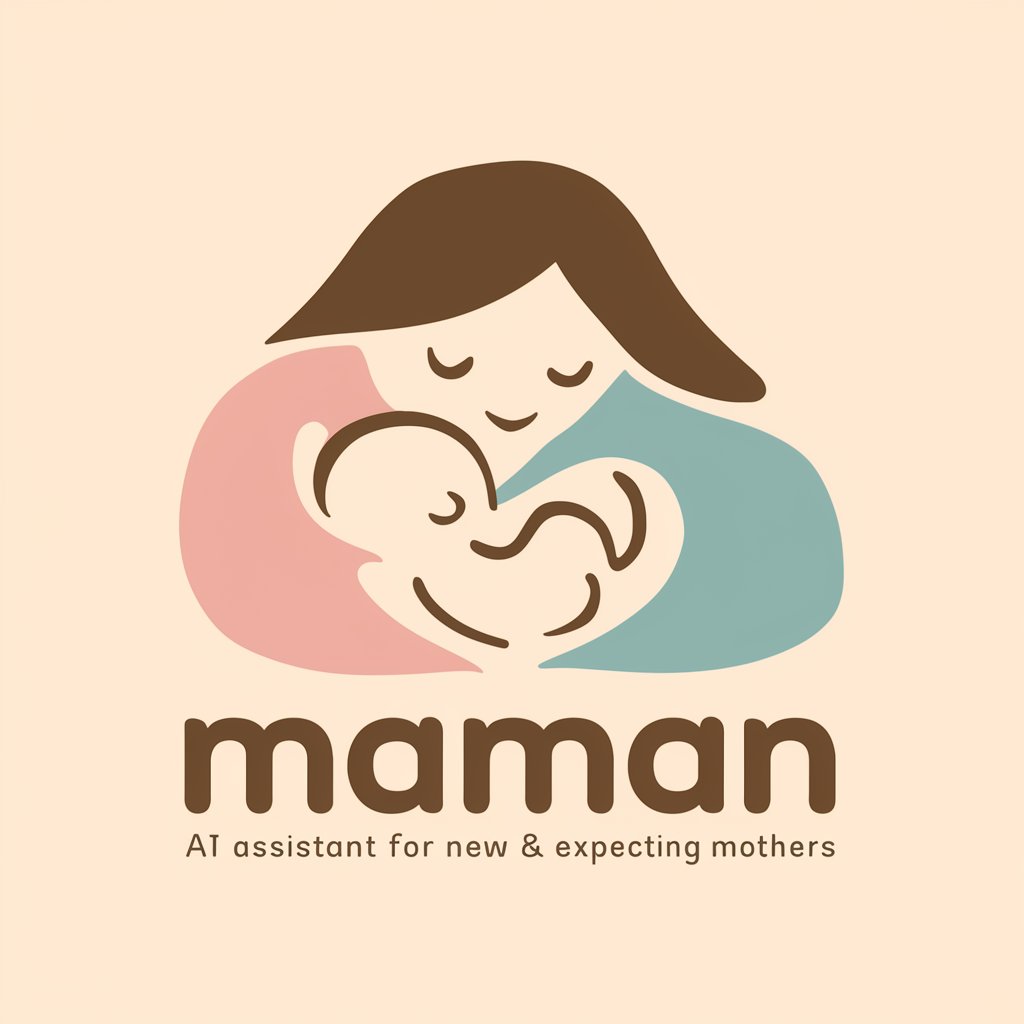
damon
Powering Inquiries with AI Precision
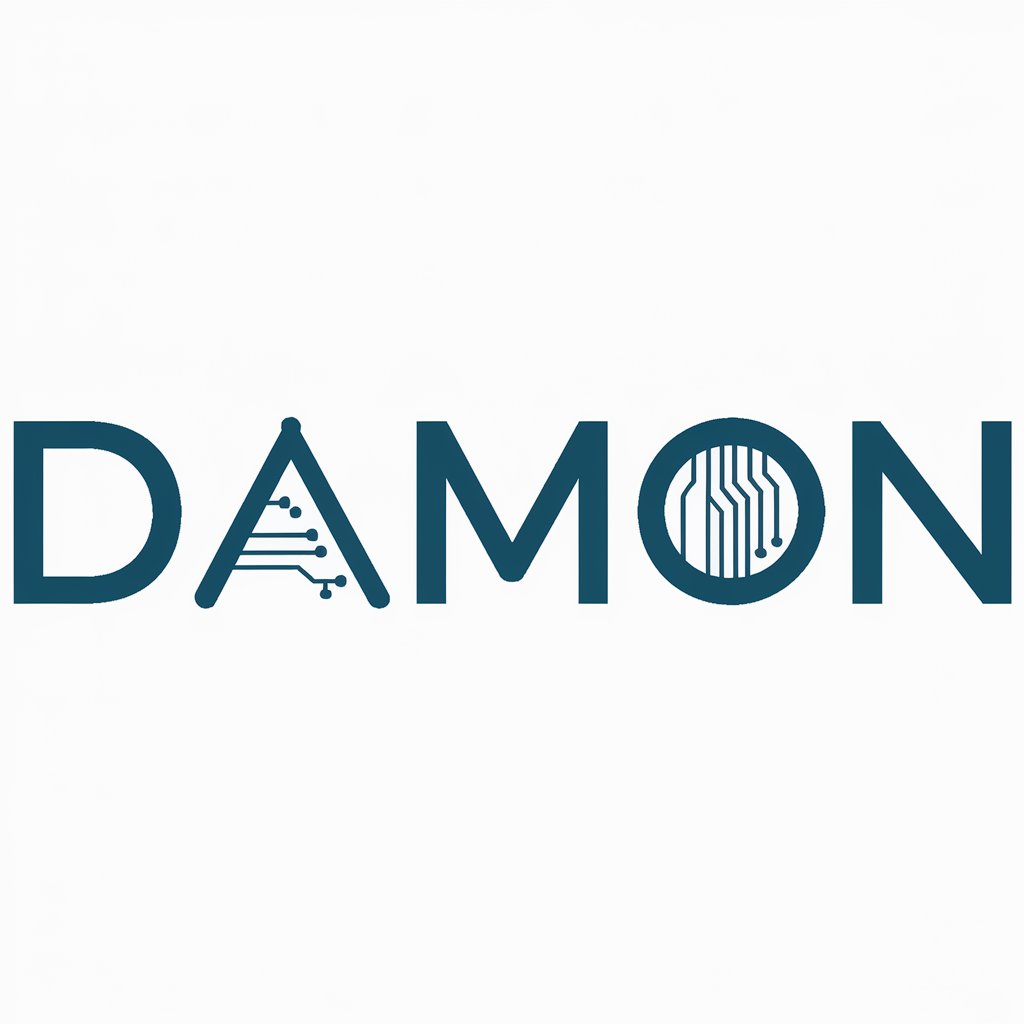
Real Estate Home Base
Empowering Real Estate Decisions with AI

Is Damon Awake Bot
Always know when Damon’s up!

Comprehensive Q&A about Migraine
What distinguishes Migraine from common headache disorders?
Migraine is characterized by recurrent episodes of moderate to severe headache, often unilateral and pulsating, accompanied by nausea, photophobia, and phonophobia. It differs from common headache disorders by its specific symptomatology, potential aura phase, and its chronic nature.
How does Migraine integrate current migraine research into its responses?
Migraine leverages up-to-date scientific literature and clinical guidelines to provide responses. It continuously incorporates the latest findings from peer-reviewed journals and health organization updates to ensure accuracy and relevance in its information.
Can Migraine suggest personalized treatment options?
While Migraine can provide information on a wide range of treatment options available for migraine management, it emphasizes the importance of consulting healthcare professionals for personalized treatment planning due to the individual variability in response to therapies.
What role does lifestyle modification play in migraine management, according to Migraine?
Lifestyle modifications are crucial in migraine management. Migraine underscores the importance of regular sleep patterns, dietary considerations, hydration, stress management, and exercise in reducing migraine frequency and severity, based on scientific evidence.
How can Migraine assist in differentiating migraine from other types of headaches?
Migraine provides detailed explanations on the diagnostic criteria for migraines, including the International Classification of Headache Disorders (ICHD) guidelines. It helps users understand the unique features of migraines, such as aura, specific triggers, and the nature of pain, to differentiate them from other headache types.
